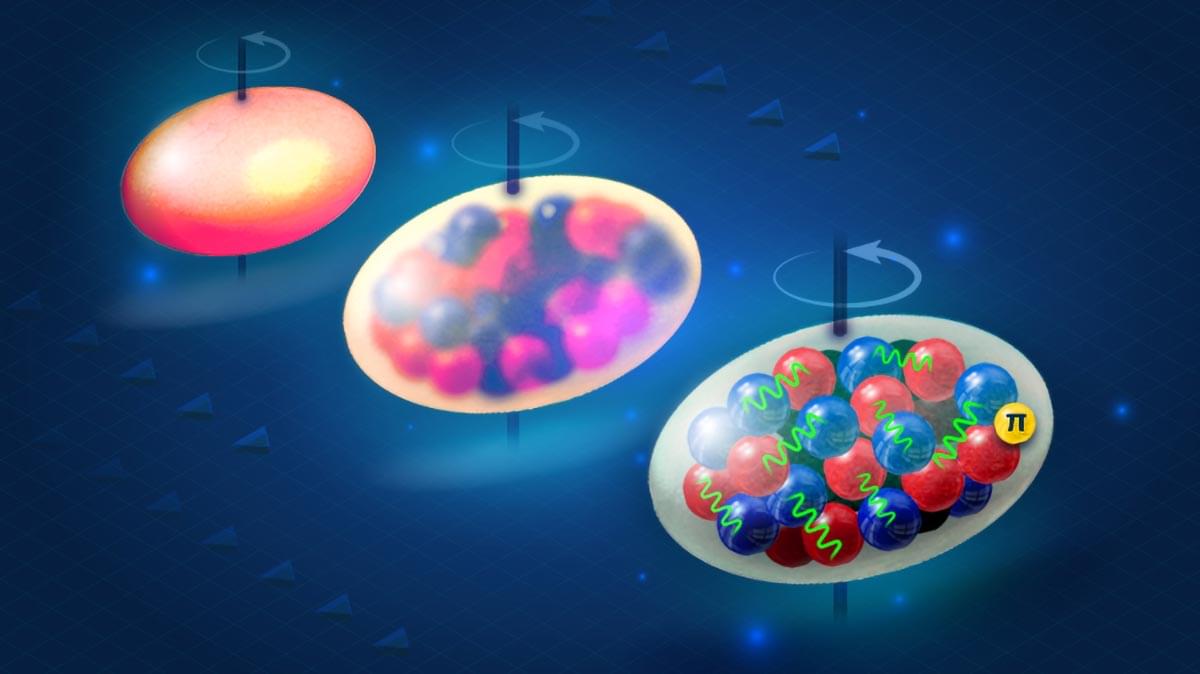Meta AI will soon become one of the social media company’s standalone apps, joining Facebook, Instagram and WhatsApp, CNBC has learned.
S plans to make his company the leader in artificial intelligence by the end of the year, ahead of competitors such as OpenAI and Alphabet, said the people, who asked not to be named because the project is confidential. + The Meta AI chatbot launched in September 2023, with the company pitching it as a generative AI-powered digital assistant that can provide responses and create images based on user prompts within its existing apps. The company brought Meta AI to the forefront of its apps in April, when it replaced the search feature for Facebook, Instagram, WhatsApp and Messenger with the chatbot.
S generative AI technologies to billions of consumers. This is going to be the year when a highly intelligent and personalized AI assistant reaches more than 1 billion people, and I expect Meta AI to be that leading AI assistant, Zuckerberg told analysts during the company s apps such as Facebook and WhatsApp. Although Meta [ https://open.substack.com/pub/remunerationlabs/p/meta-ai-cou…Share=true](https://open.substack.com/pub/remunerationlabs/p/meta-ai-cou…Share=true)
The Meta AI app marks a major step in CEO Mark Zuckerberg’s plan to make his company the leader in AI by the end of the year, ahead of competitors such as OpenAI and Alphabet, the people said.


